Precious metals are part of the transition-metal group of the periodic table elements that we can find in nature. They have a high enough density and malleability to be used in metalworking. Nine precious metals are iridium, rhenium, ruthenium, rhodium, palladium, osmium, platinum, silver, and gold.
The most traded precious metals are gold, silver, platinum, and palladium. These elements have been prized throughout history for their excellent properties, such as their durability, corrosion resistance, luster, electrical conductivity, and relative rarity.
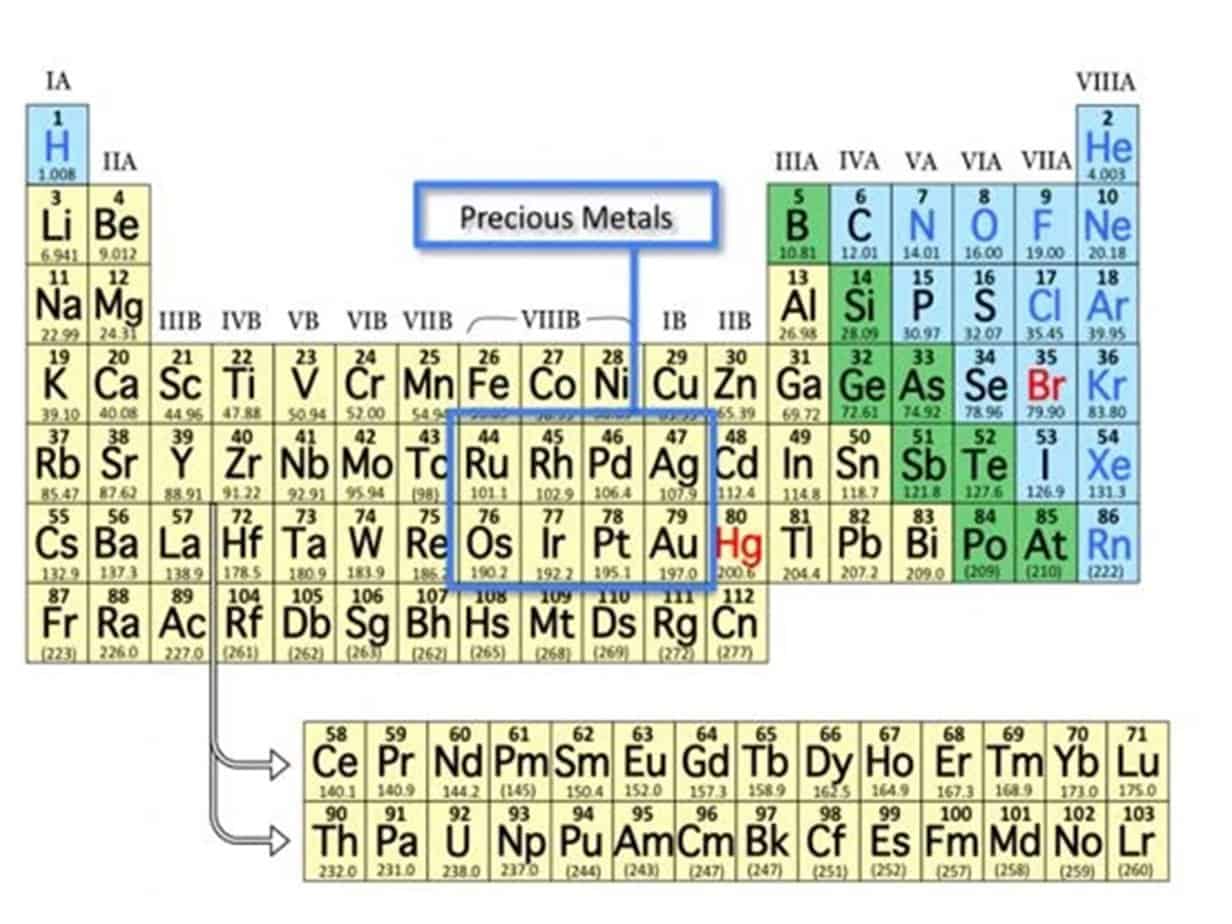
Gold is the oldest known precious metal and has been used since ancient times. It is almost always yellow or slightly reddish, with a high degree of malleability, making it easy to work with into coins or jewelry pieces. Gold has an extremely long lifespan as it does not corrode or rust easily; it also has good electrical conductivity, making it useful for circuitry applications. Gold is also considered one of the more valuable metals due to its relative scarcity and the cost associated with mining and refining it.
Trade Gold & Silver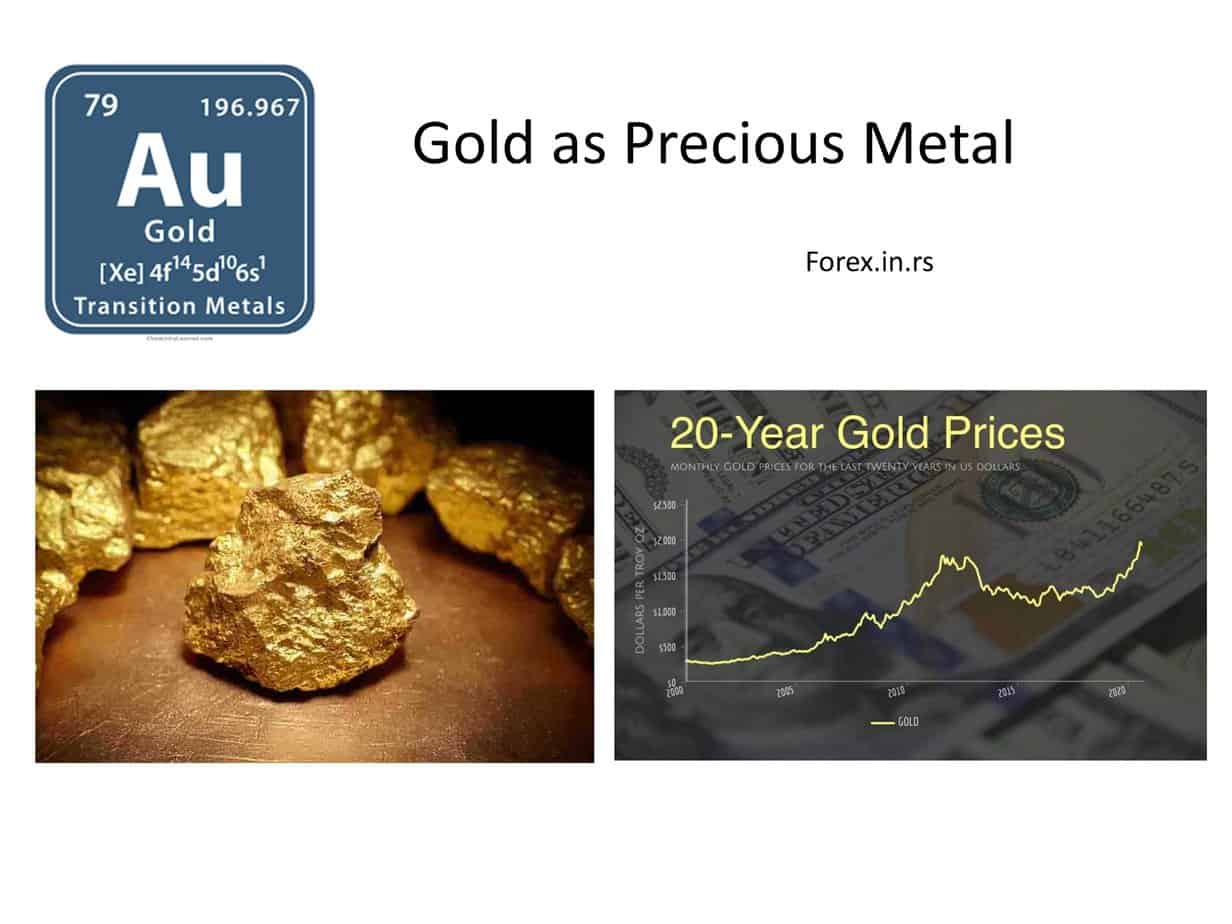
As we can see, Gold prices increased more than six times during the last 100 years:
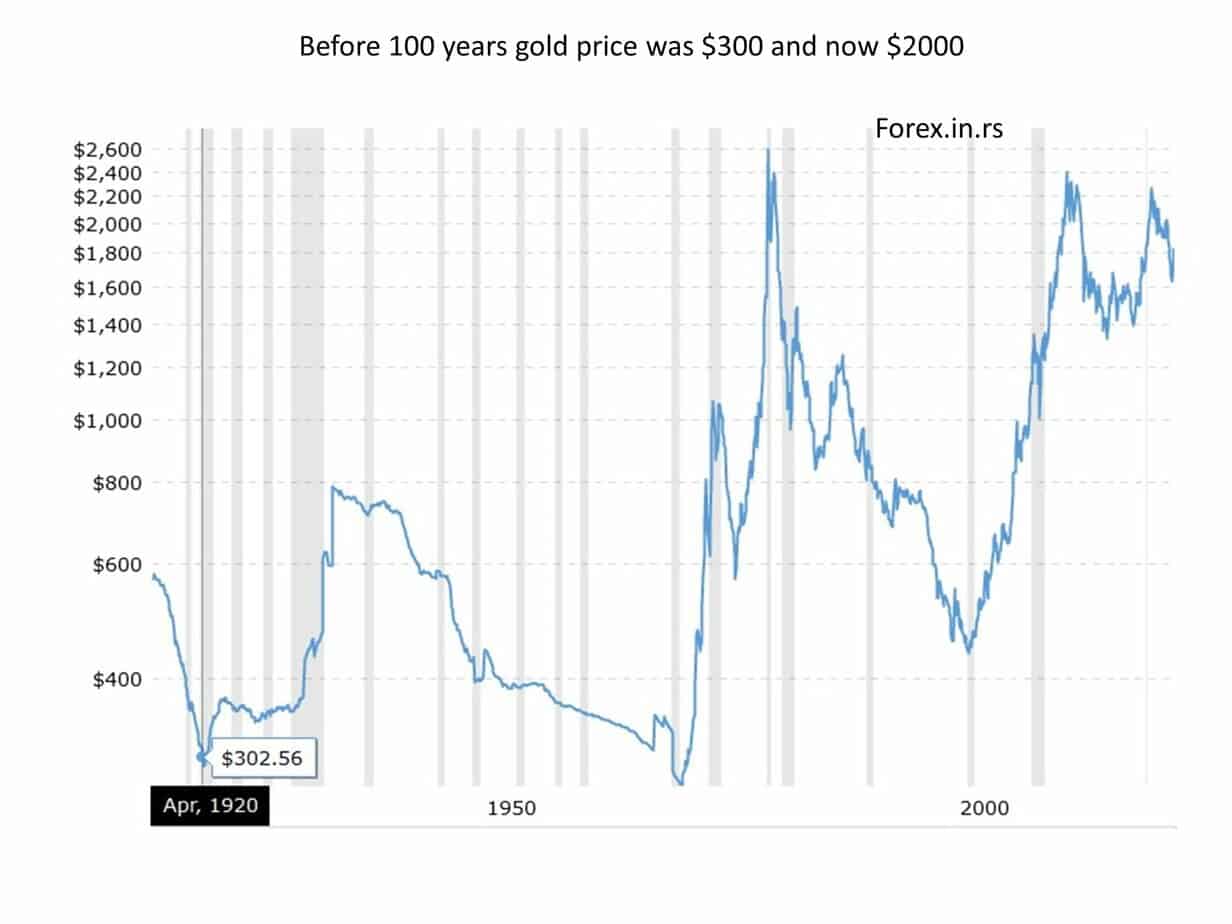
You can watch our video about Gold price:
Silver is another popular and relatively inexpensive precious metal found in jewelry, coins, and other products. Silver has a bright white color when polished but darkens over time if exposed to air – this property has made silver a popular choice for silverware sets over the centuries.
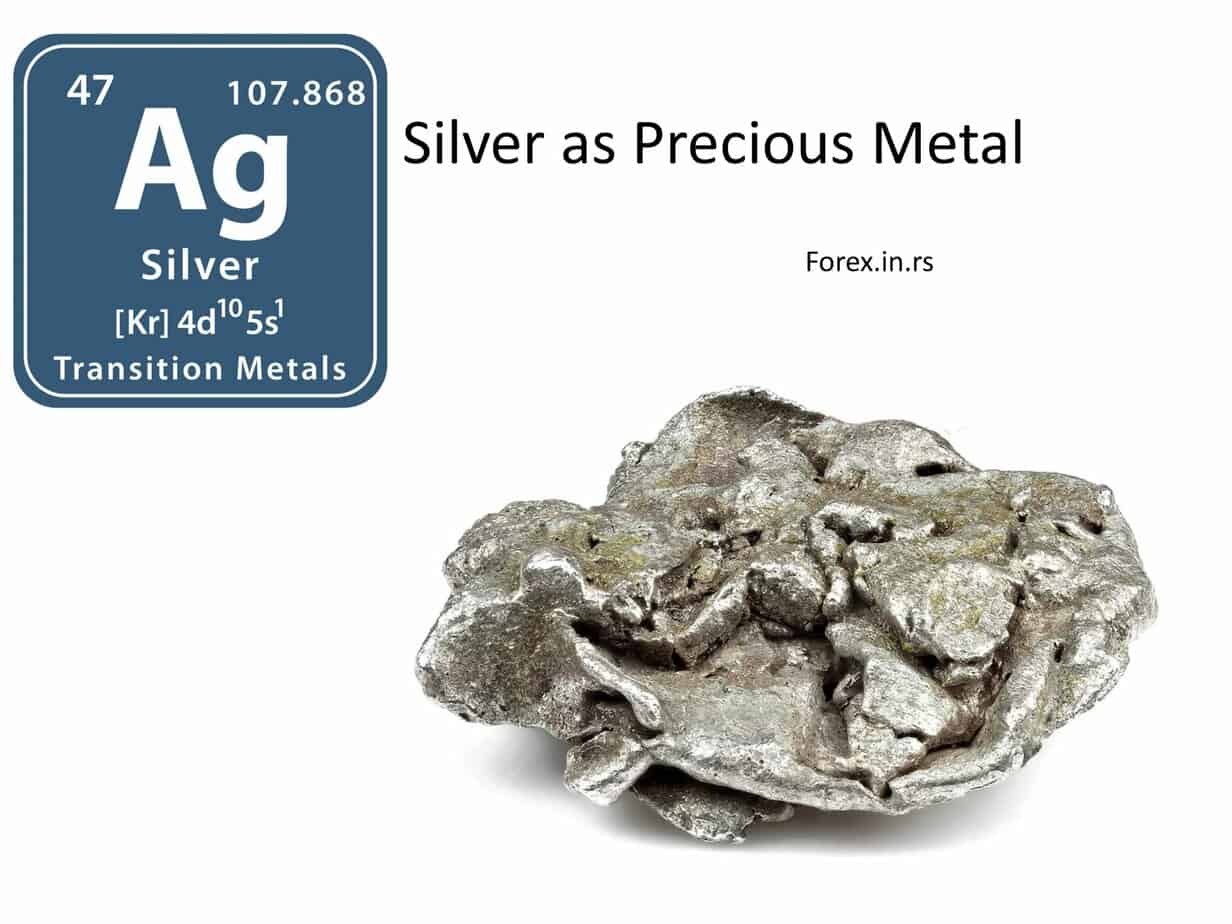
Silver is often alloyed with other metals, such as copper, for greater strength or to make items like sterling silver jewelry. Silver is also helpful in electronics due to its excellent thermal and electrical conductivity; along with gold, these two metals comprise the majority of components used in circuit boards today.
If you want to see more about Silver prices and silver cup chart patterns, please visit our article.
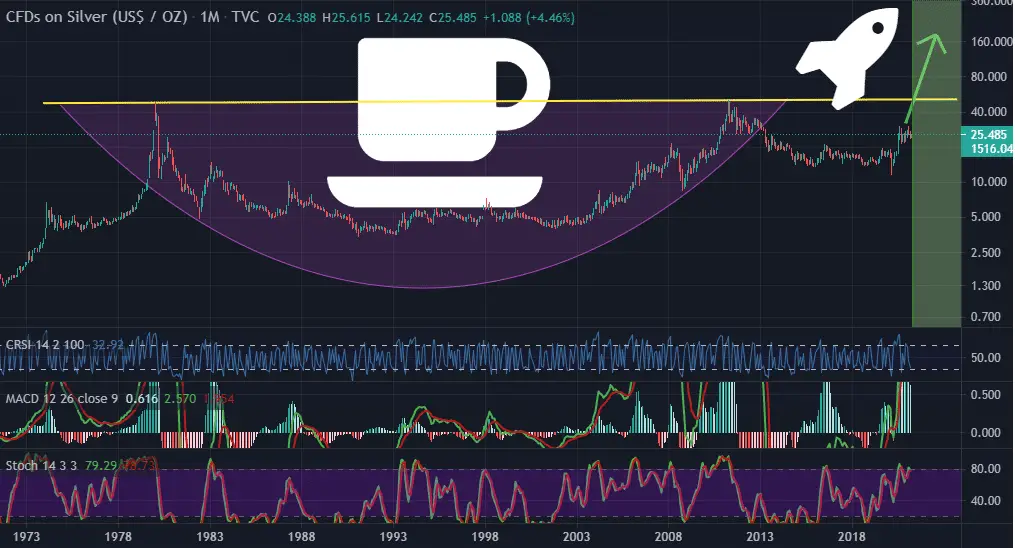
Platinum is much rarer than gold and silver but also much more substantial than either, making it ideal for uses where strength and durability are essential such as watchmaking or automotive applications.
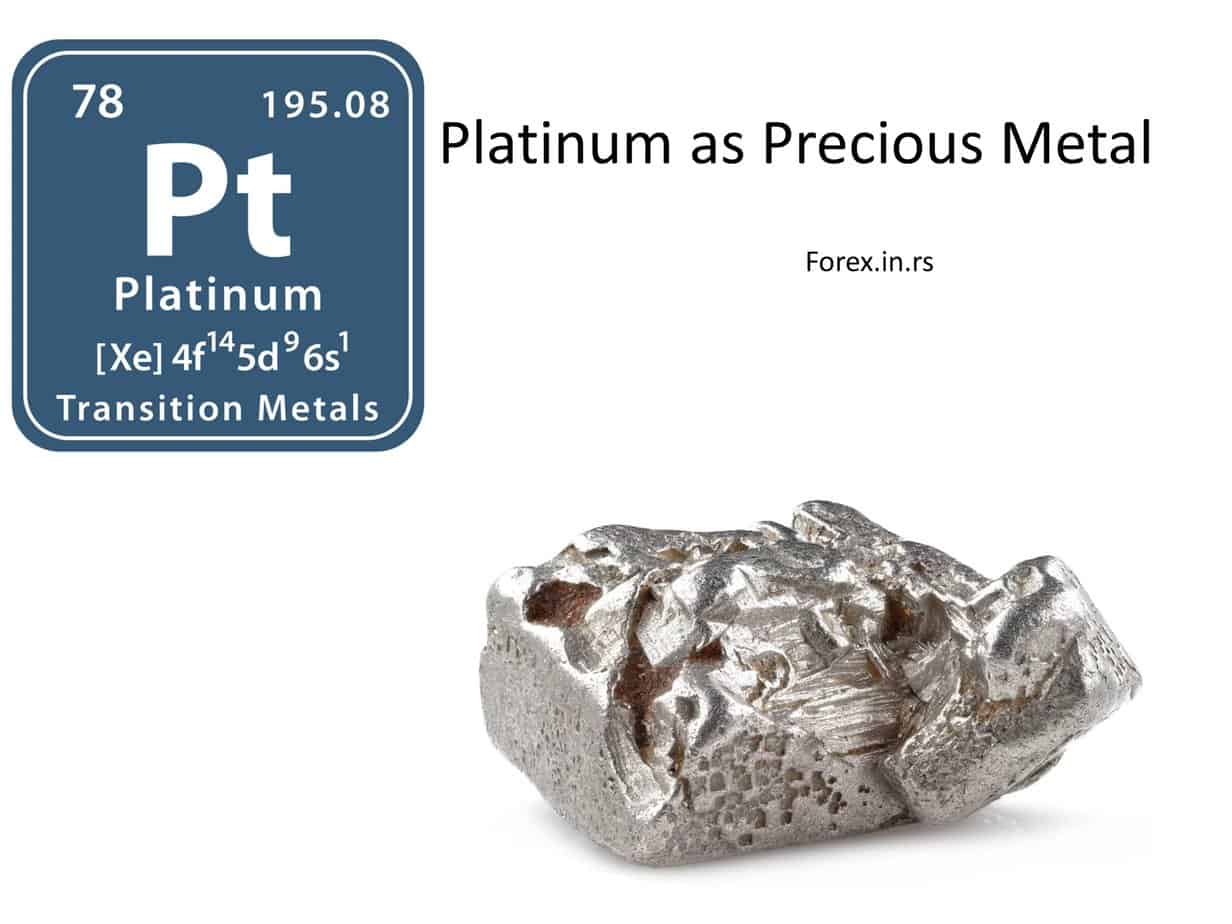
Platinum has a silvery white color that does not tarnish quickly, making it a popular choice for rings or necklaces; with being hypoallergenic compared to other alloys, such as nickel, so it can safely be worn directly against the skin without allergic reactions occurring. Due to its relative rarity, platinum tends to be much more expensive than gold or silver. However, prices have decreased significantly over the last few decades due to increased production efficiency at mines worldwide.
Finally, there’s palladium which, like platinum, is quite rare but differs from it in that palladium is lighter weight than either gold or silver while still retaining good strength properties – this makes palladium an excellent choice for lightweight jewelry designs like earrings or pendants where weight might otherwise become an issue using heavier materials like bronze or brass alloys instead.
Palladium looks similar to platinum when polished, although its greyish tint sets it apart from its more expensive cousin; palladium’s ability to resist corrosion even in harsh environments makes it an excellent choice for rings, especially those used outdoors, such as wedding bands worn by athletes or adventurers who may find themselves exposed to rough conditions on occasion without fear of damage occurring from contact with moisture or dirt particles.
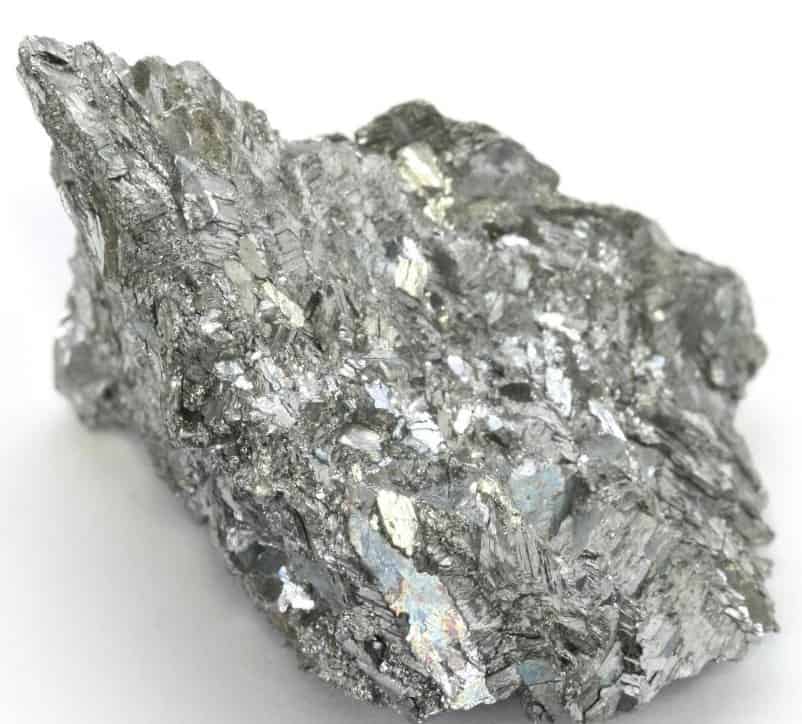
Overall precious metals are valuable commodities that have long held strong appeal both aesthetically due to their attractive appearance when polished and practically due to their excellent physical properties such as corrosion resistance, strength, and ductility. They make them ideal candidates when crafting items ranging from coins & jewelry to electronic components & automotive parts. Their unique properties make them invaluable assets compared to traditional materials such as steel alloys.
Please read our article “What are Precious Metals.” If you want to know more about how to invest in precious metals, read our extended version article.
If you like bills and coins, you should learn more about Gold and Silver IRAs. You can protect your retirement fund if you invest in IRA precious metals. Investors with gold IRAs can hold physical metals such as bullion or coins. Get a free pdf about Gold IRA.
GET GOLD IRA GUIDE
If you do not want to own them in physical form precious metals, you can trade gold, silver, and metals as CFD with the minimum commission:
























